Did you know that over 4.9 billion people worldwide are active on social media, with an expectation to cross 5.5 billion by 2027?
With users spending an average of 2 hours and 24 minutes per day on these platforms, the demand for fresh, secure, and engaging social experiences is higher than ever. Simultaneously, concerns about data privacy, targeted ads, and algorithm-driven feeds have led many users to seek alternatives. This shift has opened the door for privacy-first platforms like MeWe, which now has more than 20 million users worldwide and continues to grow steadily.
The rise of such platforms indicates that users are ready for some different apps that prioritize freedom, control, and meaningful connections over intrusive ads. In fact, the global social media app development market is expected to grow at a CAGR of nearly 14% between 2023 and 2030, driven by user demand for new features, decentralization, and mobile-first solutions.
This is exactly why developing a social media app like MeWe in 2025 is both relevant and rewarding. In this guide, we will walk you through the step-by-step process of building a social media app like MeWe.
Step 1: Discovery & Market Research
1.1 Identify Your Niche
The first step in building a social media app is deciding whether you want a general platform or a niche community. Although a general platform targets a wide user base, a niche platform focuses on a specific interest, such as health, travel, or professional networking. In fact, choosing the right niche ensures your app connects with the right audience from the start.
1.2 Define Your Value Proposition
Once you identify your niche, the next step is to clarify what makes your app unique. A strong value proposition explains why users should choose your app instead of competitors like MeWe or Facebook. For instance, you might focus on stronger privacy features, better user control, or a more engaging user experience.
1.3 Understand Your Target Audience
To build an app that resonates, you must carefully study your potential users. You should conduct surveys, analyze your competitors, and examine user behaviors to understand what users need and where current apps fall short. Thereby, you can design solutions that meet their expectations and encourage long-term engagement by identifying their pain points.
1.4 Choose a Monetization Model
Before moving forward, it is necessary to decide how your app will generate revenue. Unlike traditional ad-based platforms, modern users prefer ad-free models. You can choose from several options by an experienced social media app development company in San Francisco, USA, such as:
- Subscription plans: Users pay a monthly or yearly fee for premium access.
- Freemium model: The app is free but with limited features, while advanced tools require a paid subscription.
- In-app purchases: Users can purchase digital goods, including stickers, themes, and special content.
- Partnerships and sponsorships: Brands can collaborate with your app in ways that do not rely on intrusive ads.
Step 2: Design (UI/UX)
2.1 Wireframing
After defining your audience and value, the design process begins with wireframing. Wireframes are simple sketches of your app’s main screens, such as the login page, profile section, and news feed. They provide a clear structure of how the app will look and function without focusing on design details.
2.2 Prototyping
The next step is to create interactive prototypes that simulate real user flows. Prototypes allow you to visualize the app experience and identify improvements early. In fact, sharing prototypes with users and stakeholders makes it easier to collect feedback before the actual development begins.
2.3 User-Friendly Design
At this stage, it is crucial to design an interface that is both intuitive and visually appealing. A clean design with simple navigation ensures that users feel comfortable using the app. When the design is user-friendly, it directly improves retention and reduces frustration.
Step 3: Development
3.1 Select a Tech Stack
Once the design is ready, you need to choose the right technology for development. This step involves selecting tools for both the frontend and backend, as well as for databases and hosting. In fact, making the right choice ensures smooth performance and flexibility for future growth. For instance:
- Front-end frameworks such as React Native, Flutter, Swift, or Kotlin are commonly used for mobile development.
- Backend frameworks such as Node.js, Python (Django/Flask), or Ruby on Rails are reliable choices for server-side logic.
- Databases such as MongoDB, MySQL, and Firebase are popular for managing large amounts of user data.
- Cloud services such as AWS, Google Cloud, and Azure provide scalable hosting and storage solutions.
3.2 Implement Core Features
During development, the focus should first be on creating core features. In fact, you can manage time and costs effectively while still providing users with a high-quality experience by starting with essentials and gradually adding advanced options. The top-most mobile app development company in San Francisco, USA, recommends the following features:
Essential features: User registration, profiles, activity feeds, private and group messaging, and basic privacy settings.
Advanced features: Media sharing, end-to-end encryption, content moderation, AI-driven suggestions, and customizable privacy controls.
Step 4: Testing
4.1 Functional Testing
Before launching, it is essential to verify that all features function properly. Functional testing ensures that sign-ups, logins, feeds, and chats operate as expected. Any errors or glitches discovered at this stage should be fixed immediately.
4.2 Usability and Performance Testing
After verifying functionality, you need to test the app’s usability and speed. A smooth and responsive app keeps users engaged, while delays or crashes push them away. In fact, performance testing helps measure how well an app functions under various conditions.
4.3 Beta Testing
The final testing stage is releasing the app to a small group of real users. Beta testing provides valuable feedback on the overall user experience. Based on this feedback, you can fix issues and make improvements before launching publicly.
Step 5: Launch & Post-Launch
5.1 Deploy to App Stores
Once testing is complete, the app can be submitted to the Google Play Store and Apple App Store. It is important to follow each platform’s guidelines to avoid delays in approval. Once approved, your app becomes available to users worldwide.
5.2 Marketing
A successful launch requires a strong marketing strategy. In fact, you can create momentum and establish your app in a competitive market by combining these methods. You can use several approaches with the help of an experienced social media app development company in the USA to create awareness and attract users:
- Social media campaigns: Promote your app through popular platforms like Instagram, Twitter, or TikTok.
- Influencer partnerships: Collaborating with trusted voices in your niche helps build credibility and expand reach.
- Referral programs: Offering rewards for user referrals encourages word-of-mouth growth.
- Content marketing: Publishing blogs, videos, and tutorials helps build a loyal community.
5.3 Maintenance and Updates
Although launching the app is only the beginning, regular maintenance ensures that bugs are fixed and new features are introduced. In fact, working in accordance with user feedback and making updates keeps the app competitive and aligned with market trends.
Step 6: Cost of Building a Social Media App Like MeWe
6.1 MVP Development
If you are starting with a minimum viable product (MVP) that includes basic features like profiles, messaging, and feeds, the cost may range between $45,000 and $80,000. This option helps test your concept without overspending.
6.2 Feature-Rich App
The social media app development cost typically ranges from $80,000 to $150,000 for a more advanced app with group capabilities, media sharing features, and privacy controls. This option provides a better user experience and attracts a larger audience.
6.3 Full-Scale App with Web3 Features
If you plan to integrate decentralized features, Web3 capabilities, and advanced security, the budget may increase to $150,000 to $300,000 or more. These features make the app future-ready, but they require a higher investment.
6.4 Ongoing Maintenance
In addition to development, it is essential to plan for yearly maintenance. You can ensure that your app remains reliable and up-to-date by budgeting for regular maintenance. These costs usually account for about 15% to 25% of the initial budget and cover:
- Bug fixes: Addressing unexpected errors to maintain app stability.
- Performance updates: Ensuring smooth speed and user experience as traffic grows.
- New features: Adding improvements based on evolving user needs.
- Security Upgrades: Protecting User Data Against New Threats and Compliance Requirements.
How ZimbleCode Can Help You
Building a social media app like MeWe requires not only technical knowledge but also experience in delivering scalable and user-friendly platforms. Our social media app developers combine industry expertise with the latest technologies to help you bring your vision to life as a powerful digital product.
We follow a structured and flexible approach with a core focus on future-ready solutions. We integrate emerging technologies such as AI-based moderation, blockchain-enabled privacy, and Web3 features, so your app not only meets current market demands but also stays relevant in the years ahead.
As the top social media app development company in San Francisco, USA, ZimbleCode helps you move from idea to execution with confidence, speed, and quality. With our expertise, you can build a social media app that truly stands out, engages users, and grows into a sustainable business.
Frequently Asked Questions (FAQs)
Q1. How long does it take to build a social media app?
Development can take anywhere from 3 to 12 months, depending on the complexity of the app.
Q2. What factors affect the cost of building a social media app?
The costs depend on the complexity of features, the tech stack choices, design quality, development time, third-party integrations, and ongoing maintenance.
Q3. What is the future of social media app development?
The future includes decentralized platforms, enhanced privacy features, and AI-driven content.

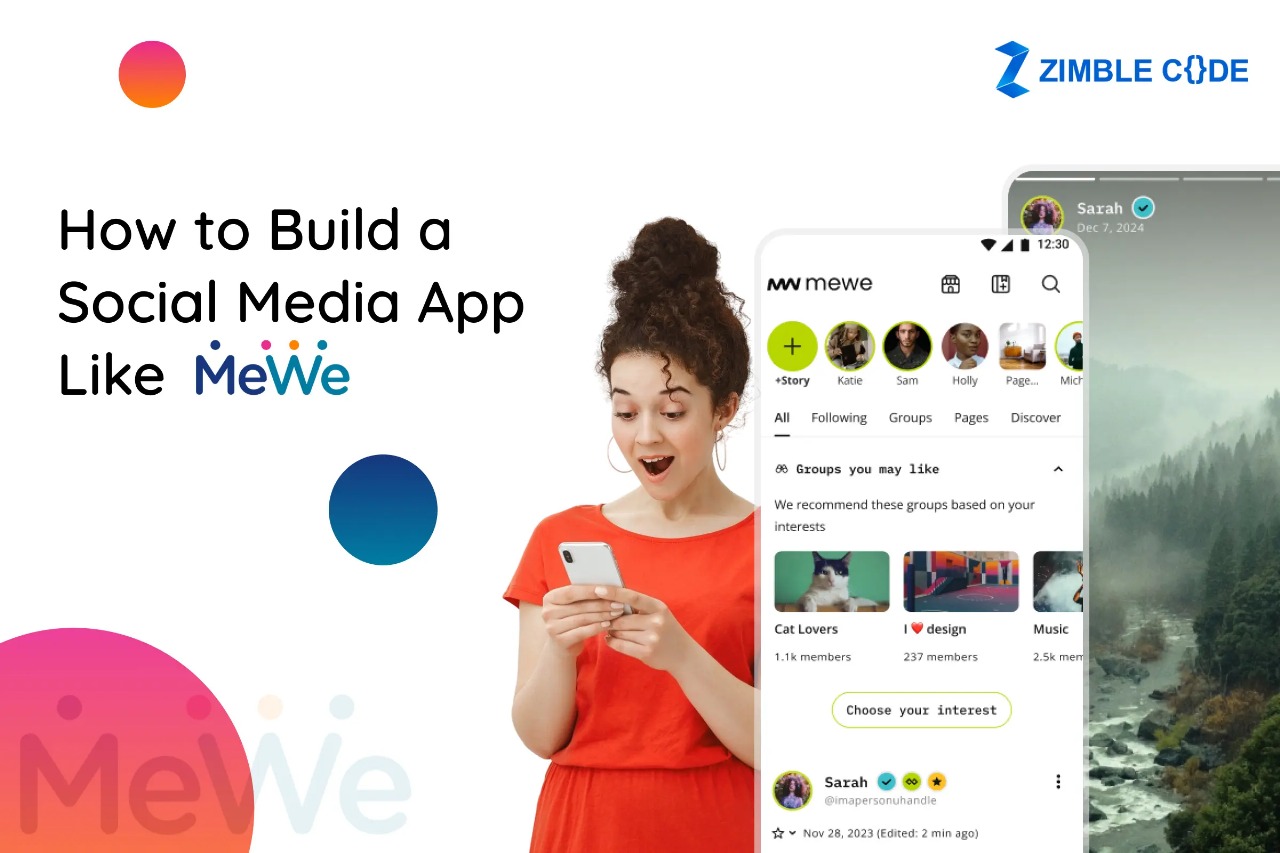




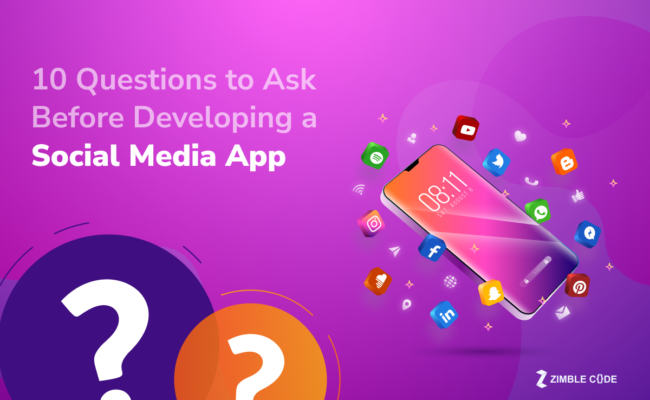
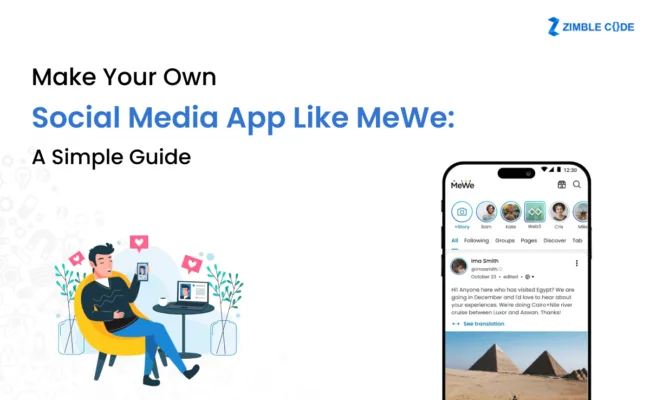
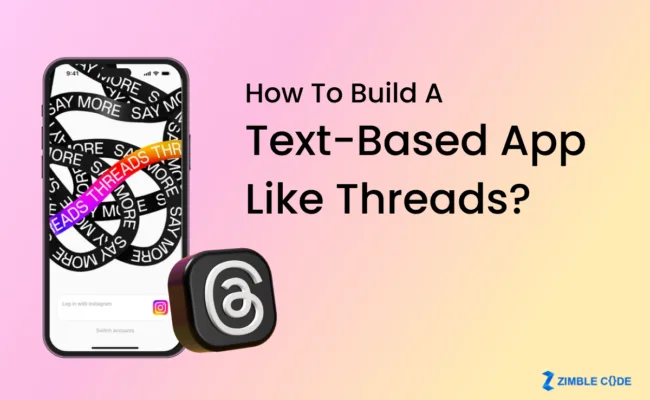
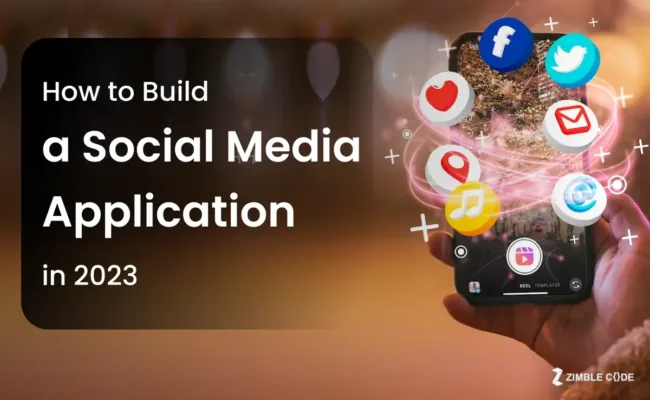
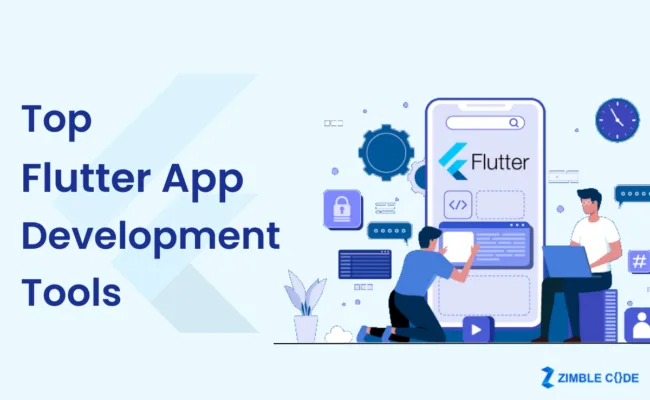
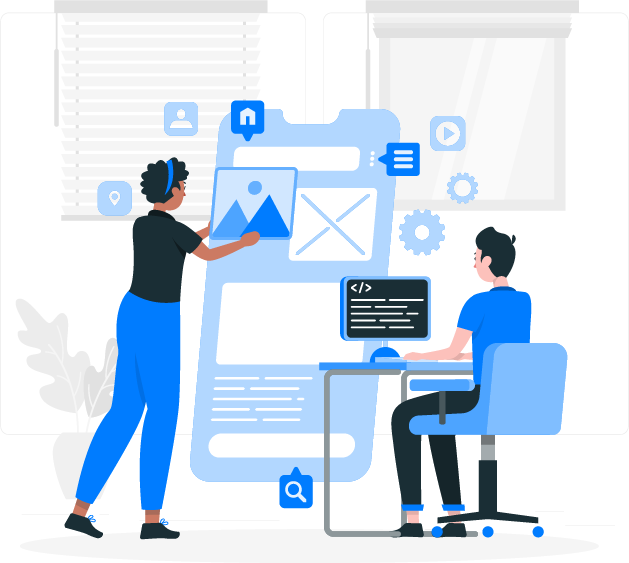
Leave A Comment